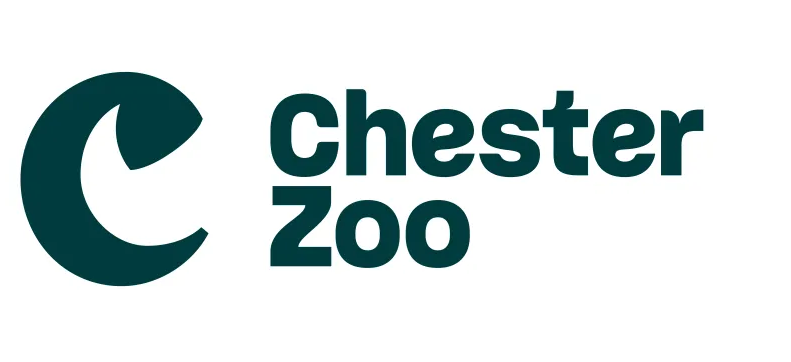Enhancing welfare in a mixed exhibit: The impact of dispersed whole food on activity levels and feeding behaviours of Mexican military macaws and red-billed curassows
DOI:
https://doi.org/10.19227/jzar.v11i4.771Keywords:
Bird, Behaviour, Captive animals, Chopped food, Enrichment, Feeding techniques, Whole foodAbstract
Presenting chopped food in a bowl is a traditional feeding technique in zoos worldwide. However, it may not provide sufficient stimulation for many species to satisfy their behavioural needs. Recent studies suggest that dispersing food within enclosures may be a better alternative, especially in mixed exhibits where food competition is a concern. In this study, nine Mexican military macaws Ara militaris mexicanus and two red-billed curassows Crax blumenbachii were observed in a mixed exhibit to assess their behaviour when presented with chopped food in a bowl versus dispersed whole food. A total of 165 hr of behavioural observations were conducted using instantaneous scan sampling. Food consumption and preparation time were recorded for each food presentation type. With dispersed whole food, macaw behaviour changed with an increase in foraging (from 3.33% to 5.11%) and walking (1.70% to 2.39%) (P<0.01); a decrease in resting (59.50% to 55.78%), feeding behaviour (3.37% to 1.95%) and beak manipulation (68 instances to 32.7) (P<0.001). With dispersed whole food, curassow behaviour changed with an increase in walking (17.83% to 20.52%) and a decrease in beak manipulation (70.6 instances to 6.9) (P<0.05). No difference was observed in the amount of food eaten between types of food presentation. Zookeepers spent 2 min less per day preparing whole food than chopped food (P<0.001). Providing dispersed whole food in a mixed exhibit appeared to benefit activity levels in both species, promoted more balanced feeding manipulation techniques in macaws and functioned as a species-specific feeding practice. Further research on food presentation with other frugivores in zoo mixed exhibits may show enhanced welfare of coexisting species.
Downloads
Additional Files
Published
How to Cite
Issue
Section
License
JZAR fulfils the DOAJ definition of open access and provides free and open access to the full text of all content without delay under a Creative Commons licence. The copyright holder of JZAR publications grants usage rights to third parties, allowing for immediate free access to the work and permitting any user to read, download, copy, distribute, print, search, or link to the full texts of articles.







